
|
| Accept Cookies | Customize | Refuse Cookies |
Mike2000 www.juzaphoto.com/p/Mike2000  |
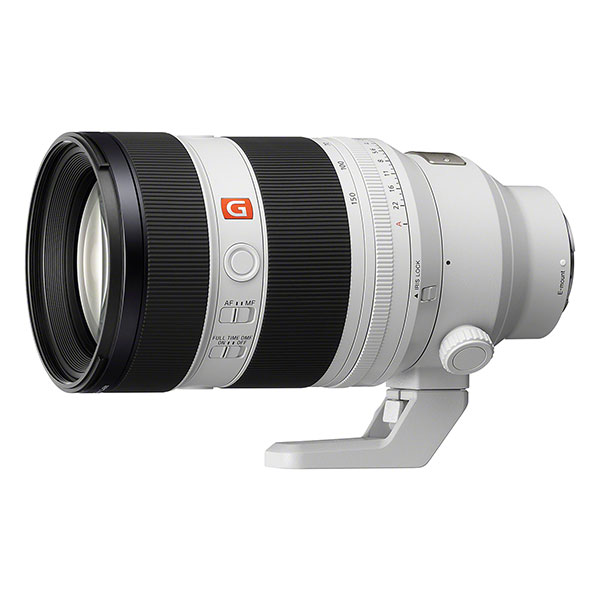 | Sony FE 50-150mm f/2 GM Pros: Constant f/2.0 aperture, Excellent sharpness throughout the focal range, Creamy and natural bokeh, Fast, precise and quiet autofocus, Robust and tropicalized construction, Excellent control of chromatic aberrations and distortions Cons: Important weight and size, High price, non-traditional focal range (requires a bit of adaptation for those who are used to the classic 70-200mm), Absence of optical stabilization (entrusted to the camera sensor) and not compatible with teleconverters. If someone uses filters, they risk paying as much as the optics themselves given the required diameter. Opinion: The Sony FE 50-150mm f/2.0 GM is a lens that breaks the mold and is aimed at professional photographers looking for top-of-the-line optical performance, particularly for portrait, events, and weddings. The constant f/2.0 aperture throughout the focal length offers superior creative control: the blur is soft, three-dimensional and immersive, while the ability to separate the subject from the background is excellent even in difficult lighting conditions. The autofocus is responsive and accurate even with moving subjects, supported by the advanced tracking technology of the latest Sony mirrorless cameras (I use it on the A9III). The build quality is in line with the GM series: solid, professional and ready to face even shooting in complex weather conditions. However, it must be said that the weight is felt during long sessions and that the unusual focal range can initially be unsettling for those who are used to 70-200mm standards. In addition, the price places it in a premium range, but justified by the performance it offers. In summary, it is a lens that enhances creativity, designed for those who want to stand out and achieve results of the highest level in every situation. It's not for everyone, but those who choose it know exactly what they want: quality without compromise. Or versatility, like me, who decided to sell 50 1.2 GM, 35 1.4 GM, 85 1.4 GMII to stay with this zoom. Now I find myself with two A9IIIs, the 28-70 f2 and the 50-150 f2: without going crazy carrying a thousand lenses and changing constantly, often losing many shots, I have a very high level of equipment in two lenses. Always desired, finally possible even on full frame. sent on June 23, 2025 |
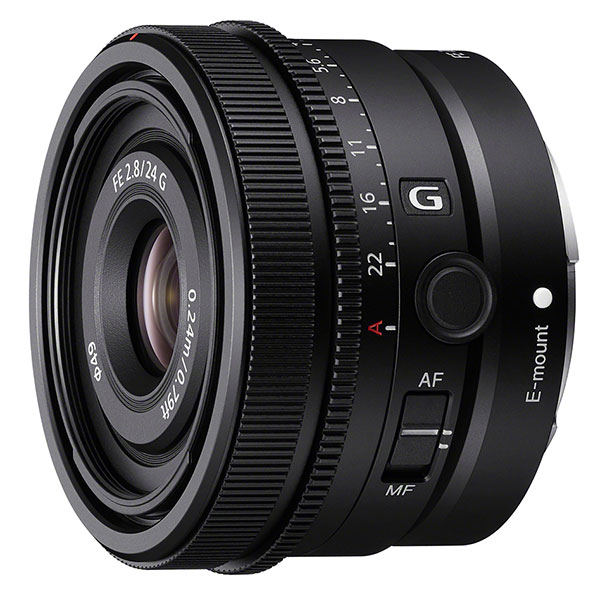 | Sony FE 24mm f/2.8 G Pros: Extremely Small Size and Weight: It is incredibly compact and lightweight, making it ideal for travel, street photography and for those who want a discreet and space-saving setup. It balances perfectly on compact camera bodies. Impressive Sharpness: It offers excellent sharpness in the center already at f/2.8, which is further improved by aperture. It's surprisingly sharp for its size. Premium Build Quality: Despite being lightweight, the metal construction is solid and weatherproof. It has an iris ring with click/de-click switch, which is very popular for photos and videos. Fast and Quiet Autofocus: Equipped with two linear motors, the AF is lightning fast, accurate, and virtually inaudible, ideal for video and situations where you don't want to disturb. Versatility of the Wide Angle: The 24mm is a very versatile focal length for landscapes, architecture, street photography, but also for weddings, capturing the atmosphere and wide contexts. Reasonable Price: Positioned at an affordable price for a G lens, it offers great value for money. Cons: f/2.8 Maximum Aperture: While acceptable for most daylight situations, f/2.8 is not ideal for low-light conditions (e.g. indoor receptions, dark church) where an f/1.8 or f/1.4 would make a noticeable difference in terms of light collection and bokeh. Bokeh (Blurred): Due to the f/2.8 aperture and wide-angle nature, the bokeh is less pronounced and creamy than brighter lenses. If super blurry bokeh is a priority, this could be a limitation. Vignetting: It features fairly noticeable vignetting at f/2.8, although easily correctable in post-production. Chromatic Aberrations: Although generally well controlled, some aberrations may be noted in high-contrast situations. Opinion: The Sony FE 24mm f/2.8 G is a lens that surprised me positively with its ability to offer a lot of substance in such a minimal format. For a wedding photographer, this 24mm is not likely to be the primary lens for intimate portraits or scenes in extremely low light, where brighter optics (such as a 35mm f/1.4 or a 50mm f/1.2) reign supreme. However, its value emerges powerfully as a second wide-angle lens to always have at hand or as a fixed lens for coverage of the context and the environment. Think of shooting the breadth of a ceremony in a majestic cathedral, the vastness of a Tuscan landscape with the bride and groom in the foreground, or the atmosphere of a reception with decorative lights and interaction between guests. Here, its compactness and sharpness excel. It's the lens that allows you to shoot with one hand while holding a bag (or a glass of prosecco) or greeting a guest. The speed and quietness of the autofocus is a huge plus for dynamic wedding moments (and videos). The diaphragm ring with de-click switch is a photographer's treat for those who love touch control and for videographers. The compromise on the f/2.8 aperture is real but acceptable if you integrate this 24mm into a larger kit. I wouldn't buy it as the only wide-angle if my priority was extreme bokeh or indoor photography without flash with almost no ambient light. But if you're looking for a lens that's a discreet extension of your eye, capable of capturing wide scenes in superb detail, and that never weighs you down, then the Sony FE 24mm f/2.8 G is a great choice. For me, it has become an inseparable travel companion and a great addition to my wedding kit, especially for the sweeping panoramic views and context shots that enrich the narrative. Practically always glued to my A7CII (and before that to the A7C). sent on June 23, 2025 |
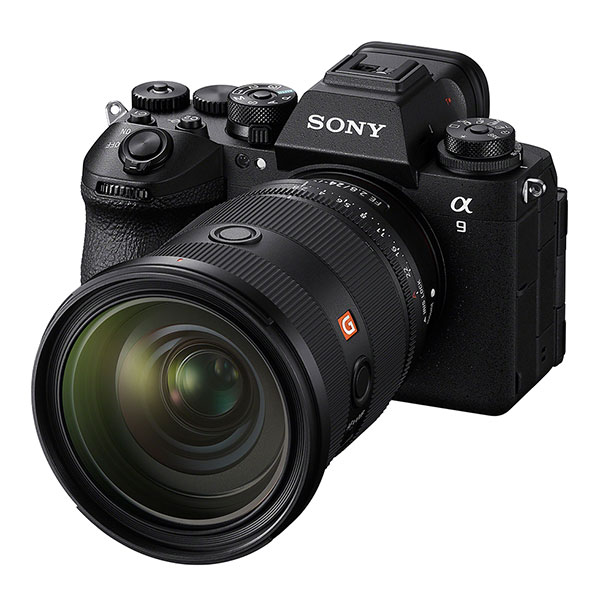 | Sony A9 III Pros: Global Shutter: This is the "game changer". It completely eliminates rolling shutter (distortion due to fast subject or camera movement), banding (dark streaks with LED/fluorescent lights), and bokeh distortion (at open apertures). It allows you to synchronize the flash at any shutter speed, opening up new creative possibilities. Incredible Speed: Continuous shooting at up to 120fps with full AF/AE tracking, with no blackout in the viewfinder. This means never missing a crucial moment. Next-Generation Focusing: The AI-based Real-time Recognition AF system is exceptionally fast and accurate, even in difficult light conditions. Rugged and Reliable Construction: Designed for heavy-duty professional use, with improved dust and moisture resistance. Cons: High Price: It is a flagship camera with a very significant cost, making it inaccessible to many photographers. Learning Curve: New features, especially flash synchronization at extreme speeds, require adaptation and experimentation. Opinion: The Sony A9 III is not simply an evolution, it is a technological revolution that moves the bar of photographic performance forward. For the wedding, sports or event photographer who operates in unpredictable conditions and who needs to capture that one decisive moment without any compromise, the A9 III is an unrivalled tool. Global shutter is an absolute blessing for wedding and action photography. Think shots of quick dances, bouquet throws, classic cars or strobe lights: the total absence of rolling shutter and banding distortions opens up new creative frontiers that were previously impossible or extremely difficult to achieve. Being able to use the flash at 1/16000th of a second means you can freeze motion in daylight with a flash, a capability that completely changes the approach to light. I have two and unfortunately one had a problem with the stabilizer which, however, between AudioVideo Verona (official assistance) and Sony Pro Support everything was solved at the speed of light. Sony support also turned out (for the second time in my life) to be a godsend eons ahead of any other brand. The A9 III is a niche camera, but its niche is for those who ask for the impossible and can't afford any mistakes. It is for the professional who values the certainty of capturing perfect action, a fleeting expression or a complex scene without artifacts, above a marginal advantage in high ISOs. It is not the camera for everyone, but for those who can justify its cost and peculiarities, it represents a leap into the future of high-speed and precision photography. For wedding photography, particularly dynamic moments or locations with complex artificial lighting, the A9 III offers a level of confidence and creative possibilities that no other camera can match. sent on June 23, 2025 |
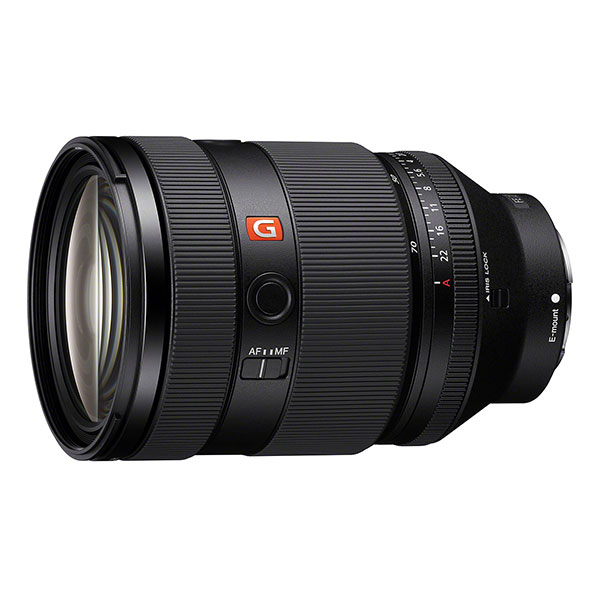 | Sony FE 28-70mm f/2 GM Pros: Sharpness, blur, character, versatility. Cons: Weight and dimensions Opinion: A lens for which I have always envied the Canonists. Apart from the weight and dimensions (which in any case could have been much worse, so bravo Sony once again), the performance and the character worthy of vintage lenses that I had on Leica M repay the economic and transport effort. Having a complete kit with a fixed aperture has been the dream since I started photographing in 1999. Sharpness is excellent anywhere in the frame at any aperture and distance, but despite that, it doesn't feel as cool and clinical as the 24-70 GMII sibling I had previously. The blur is wonderful with its almost vintage rendering and the gradualness worthy of the best 70s-80s fixed lenses has made it my favorite lens among all the ones I own (50 1.2 GM, 85 1.4 GMII, 35 1.4 GM, 24 2.8G). If you can afford it, don't hesitate. sent on February 11, 2025 |
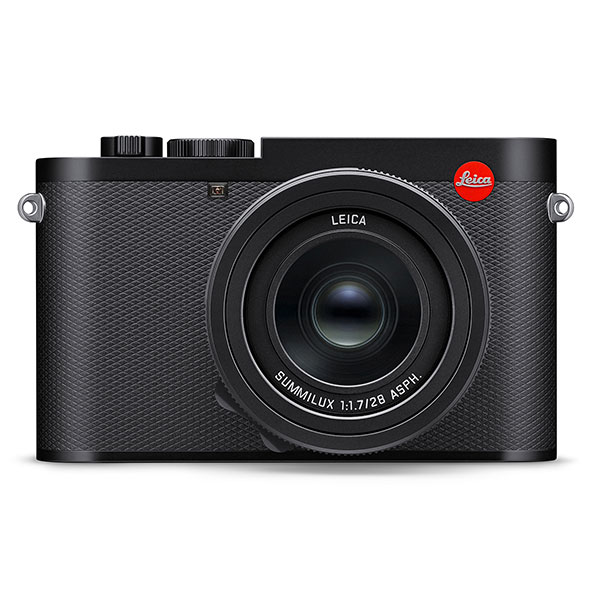 | Leica Q3 Pros: Viewfinder, LCD, AF, Sensor, Design Cons: AF can be improved, viewfinder that shoots a lot in low light Opinion: As the owner of many Leica M and the first Q, this is certainly a big step forward for the whole ecosystem. Nothing new on the lens front that is always excellent from every point of view, despite the fact that it is still the usual 24mm digitally corrected to about 28mm, much faster AF than the previous one (inherited from Panasonic S5II) but still far behind Sony, so to speak. On the other hand, this kind of camera should be enjoyed for its relatively slow nature that helps to weigh each shot. EVF and LCD viewfinder improved a lot but as soon as the light is low everything becomes jerky (the 120fps, when set manually, is obtained only in broad daylight otherwise in low light conditions it can even reach 10fps at a glance). With new firmware (2.01) AF and power-on time has been improved. In general I am very satisfied, being used to the pros and cons of this object which, if used in the right way, turns the cons into further advantages. The sensor, apparently derived from Sony, is excellent in every respect and the stabilizer has been improved compared to Q and Q2, but not yet reaching the levels of Sony and company. The battery drops quickly in "normal" use but guarantees those claimed 350/400 shots (always take two). The USBC charge is excellent, for me the wireless one is not useful as well as the inexpensively expensive accessories to be able to take advantage of it. With the original charger, the charge takes place in an exaggeratedly slow way: I hope everything will benefit the life of the batteries themselves, given the cost of 180e each. If a certain type of photography is what you love (reportage, ambient portrait, street photography) this is a possible definitive camera and the typical Leica user experience is always there. sent on February 03, 2024 |
 JuzaPhoto contains affiliate links from Amazon and Ebay and JuzaPhoto earn a commission in case of purchase through affiliate links.
JuzaPhoto contains affiliate links from Amazon and Ebay and JuzaPhoto earn a commission in case of purchase through affiliate links.May Beauty Be Everywhere Around Me